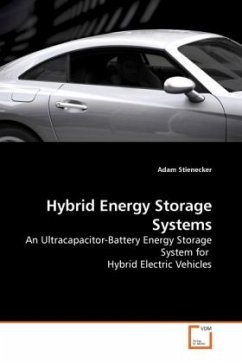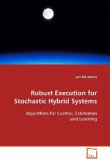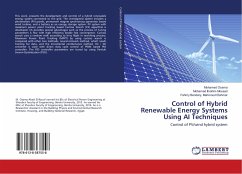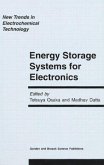The nickel metal hydride (NiMH) batteries used in
most hybrid electric vehicles (HEVs) provide
satisfactory performance but are quite expensive.
In spite of their lower energy density, lead acid
batteries are much more economical, but they are
prone to sulfation in HEV applications. However,
sulfation can be greatly reduced by a circuit that
uses an ultracapacitor in conjunction with the
battery. This research presents a new cost-
effective method for using these two energy storage
components together in order to extend the life of
the battery. This system is presently quite
expensive, but it will provide much cheaper energy
storage if ultracapacitor prices can be reduced to
the levels predicted by some manufacturers.
This work studies two different methods for
implementation on a hybrid electric vehicle and
presents performance data for a variety of
simulations.
most hybrid electric vehicles (HEVs) provide
satisfactory performance but are quite expensive.
In spite of their lower energy density, lead acid
batteries are much more economical, but they are
prone to sulfation in HEV applications. However,
sulfation can be greatly reduced by a circuit that
uses an ultracapacitor in conjunction with the
battery. This research presents a new cost-
effective method for using these two energy storage
components together in order to extend the life of
the battery. This system is presently quite
expensive, but it will provide much cheaper energy
storage if ultracapacitor prices can be reduced to
the levels predicted by some manufacturers.
This work studies two different methods for
implementation on a hybrid electric vehicle and
presents performance data for a variety of
simulations.








